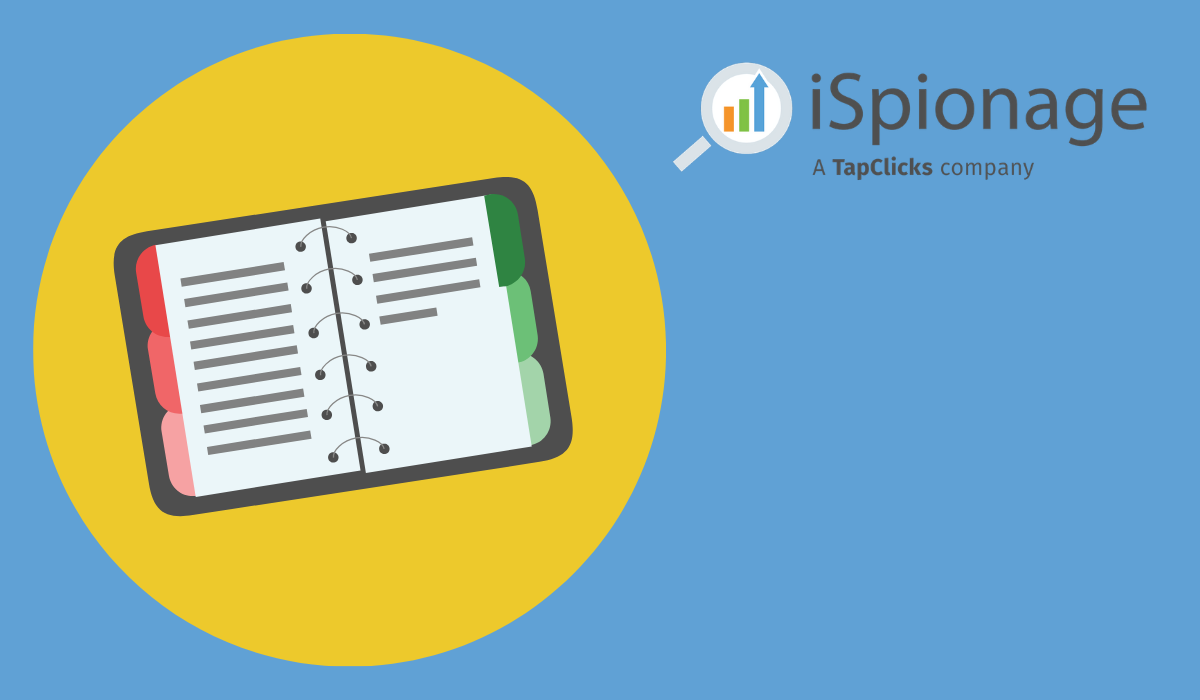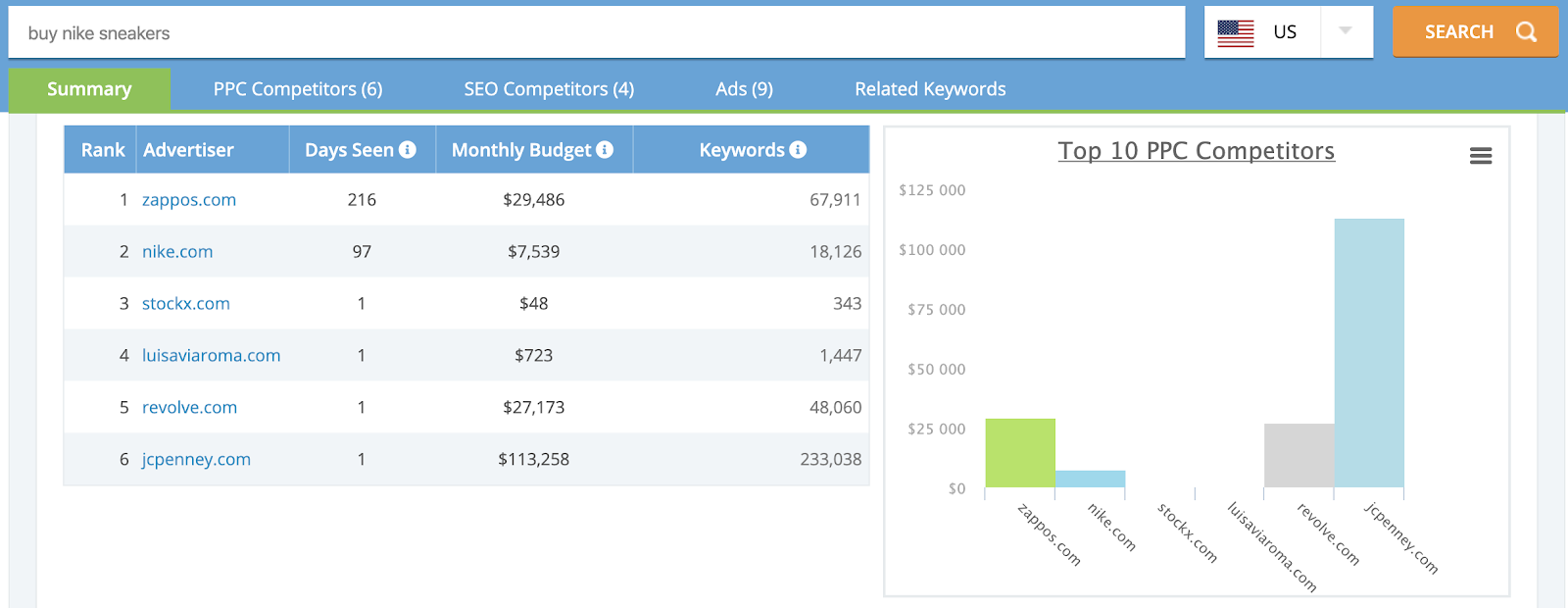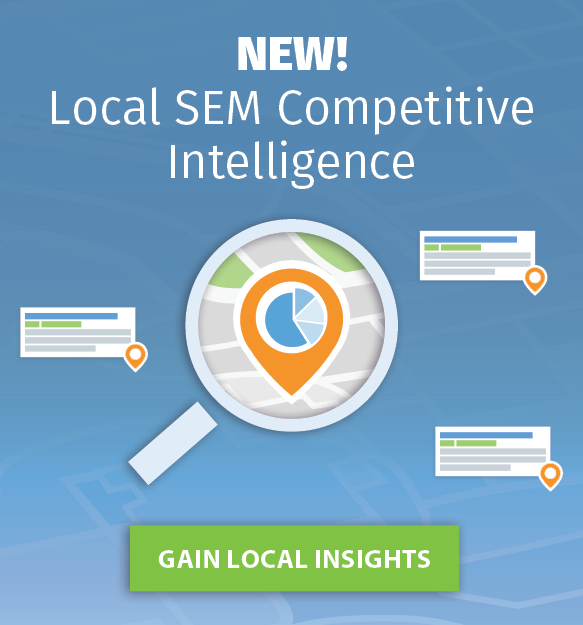
While it might seem like using a PPC proposal template is the best way to create your proposal for a client, the truth is these templates leave a lot to be desired.
Firstly, they are boilerplate — which means they are not customized or unique to the business you’re pitching. This lack of customization also leads to another issue: the amount of information you include when using a template may be too much or too little for your prospect.
Too much, and you risk overwhelming them. Too little, and the proposal will feel detached — like you’re not genuinely invested in the company’s growth and success.
Instead of relying on templates, which need to be constantly adjusted and still risk falling short of ideal, we want to figure out the ingredients that go into the perfect PPC proposal recipe.

To learn this recipe, we spoke to Michael Lorenzos, the Growth Manager at Manual. He spends six figures on PPC every month, and he’s been on both sides of the fence — agency and in-house. He’s seen enough PPC proposals to last a lifetime.
In this article, we’ll show how Michael breaks down what he’d include (and exclude) in a PPC proposal, focusing on these core principles:
- Build on Your Relationships and Knowledge of the Client
- Use Competitive Analysis to Show Industry-Specific Knowledge
- Sell the Results, Not the Service
- Improve Keyword Insights by Segmenting According to Intent
- Don’t Be Afraid of “Free Consulting”
We’ll cover each of these five principles, hear what Michael has seen in the best and worst PPC proposals, and learn how to create a PPC proposal that converts.
1. Build on Your Relationships and Knowledge of the Client
“When you’re writing your PPC proposal, think less like an outside agency trying to capture clients and more like an in-house team trying to get the green light on a PPC strategy,” Michael says.
“Also, it’s important to remember that there are few things more frustrating than reading a proposal and getting the sense that the agency hasn’t done its homework.”
If you’re presenting a proposal, that means you’ve already been talking to someone within the prospect’s organization. So, according to Michael, your proposal shouldn’t be framed as a fluffy first introduction. Instead, your PPC proposal should emphasize:
- Relevance: The data and strategies within the proposal ought to reflect the prospect’s industry and business type. For example, if the proposal is for a B2B client, the agency shouldn’t spend the entire proposal talking about their experience in B2C.
- Real-Time Specificity: The prospect wants to see current competitor strategies and keywords, and maybe analysis on their own current and historic PPC performance. They want to know new keyword trends for their industry and where opportunities lie.
- Attention to Detail: If the client has given you a target CPA that you need to hit, your proposal should model out the CPC and conversion rate required to hit that target. And don’t submit a plan that hits the target CPA but isn’t viable (example: if your strategy needs a conversion rate of 50% to hit the targeted CPA, that isn’t realistic).
2. Use Competitive Analysis to Show Industry-Specific Knowledge
“In order to be as relevant to your prospect as possible, detailed competitor analysis is really important,” Michael says.
“In PPC, we’re bidding directly against other advertisers and need to get the upper hand. So taking a granular approach to competitive intelligence shows that an agency is ready to enter the SERP battle head-on”.
This is where a tool like iSpionage comes in really effective as a PPC prospecting software, as well as for monitoring the PPC landscape for existing clients.
First, you can use the Competitor Research feature to get a snapshot of all the advertisers (on a national level) for a specific keyword, or you can enter a competitor URL into the search field to see their PPC (and SEO) keywords, ads, and landing pages.
(Keep in mind: both of the images in this post are clickable so that you can get a better look at everything.)

Competitor Research tool showing the PPC landscape for “buy nike sneakers”
If you want to track your prospect’s competitors on a local level, see historical A/B testing, and monitor the PPC strategy of competing advertisers over time, SEM Campaign Watch (available on a paid subscription with 30-day money-back guarantee) is the feature for you.

SEM Campaign Watch reveals the A/B testing of different ad copy over time.
By using SEM Campaign Watch, you can get a head-start by presenting data on what works and what doesn’t for your prospect’s competitors.
According to Michael, in your PPC proposal, you want to be able to:
- Review all the competing PPC advertisers in your client’s industry
- Show how your potential client is performing against their current competitors
- Use the PPC data to show your prospect how you’ll build profitable campaigns
- Provide real value with your proposal by presenting fresh competitive intelligence
With iSpionage, you can mine and export critical competitor data — including impression shares, ad positions, ad copy, landing page designs, keyword performance, and user journeys.
As Michael says, “there’s a world of difference between a PPC proposal that just shows a list of keywords and one that digs into competitors to tell you how many landing pages they’re currently testing, which ad copy variations get clicks, and what their local PPC strategy is.”
Sign up for a free iSpionage account to see competitor keywords, ad groups, ad copy, and landing pages. Get 10 free competitor reports and 3 complimentary competitor alerts per day.
3. Sell the Results, Not the Service
When talking to Michael about his experience of reading PPC proposals, one clear frustration is that too many agencies go into depth on the basics of how they’ll run the PPC campaign admin:
“This is a given,” he says, “so it should be barely mentioned in a proposal — especially if you’re targeting larger organizations which have a marketing department. Plus, there the true value isn’t in selling your service, it’s in the results. The ROI is the most important thing, so sell this.”
Similarly, Michael says you don’t need to explain why PPC is important in your proposal:
Firstly, if you’ve got so far that someone is reviewing your PPC proposal, that probably means they already understand that there is value to be found in Google Ads.
Secondly, chances are you’re going to be pitching to an in-house team that has at least some experience in paid marketing strategies and may be used to dealing tactically with Google Ads. You don’t need to show them why PPC is important — you need to show the results you’ll bring.
With this in mind, agencies and consultants can elevate their proposals by including:
- Projected CPCs. This gives the prospect a more accurate estimate of the money that they can expect to invest in ad budgets.
- CRO Recommendations. As Google takes a lot of the targeting and admin work off the hands of advertisers, CRO is becoming more important for the value proposition of PPC agencies and consultants. Show that you’re not only there to generate clicks on ads, but also to optimize your prospect’s conversions (landing pages, etc.) and fill the funnel.
- Real, recent, and relevant case studies. You should show prior results, ideally with similar budgets and in an industry that is as relevant to your prospect as possible.
It’s also important to link projected results with your long-term strategy — including how you’ll use the prospect’s budget as efficiently as possible.
“In PPC, everything is measurable. You’ll want to only scale spend if you’re hitting the target CPA. There really isn’t a case for increasing spend unless the channel calls for it — if you’re at 100% impression share for all keywords, no one could advocate increasing spend,” Michael says.
According to Michael, you’re only likely to increase spend in two situations:
- The channel is successful and healthy, and you’re getting conversions that are on track to meet the target CPA.
- If you’ve exhausted the search volume of your keywords, you can either expand your keywords or scale up if there are more impressions to be had for your current keywords.
What’s worth showing on your proposal is not necessarily when you will (or won’t) increase spend, but showing that you have a growth marketing mindset — in other words, you’ll only increase ad spend when the data shows there’s a viable opportunity to improve return.
4. Improve Keyword Insights by Segmenting According to Intent
“At proposal phase, it’s not necessary to do all of the actual keyword research required for your prospect’s PPC campaign(s) — but you want to investigate one or two “must-have” keywords, as well as showing keyword clusters or groups that are targeted by PPC competitors,” Michael says.
And according to Michael, even at the proposal stage, you need to separate these keywords and keyword clusters according to searcher intent — i.e. transactional or informational keywords. This segmentation approach helps for two main reasons:
- It helps dictate your budget allocation
- It informs your landing page strategy
Transactional keywords are high-value keywords closer to the bottom of the funnel. These are keywords like “where to buy shoes”, “buy shoes online”, “cheap shoes”, “shoes for sale”, etc.
Informational keywords still have value but are often used by top-of-the-funnel customers who are out there looking for more educational-based content. These are keywords like “how to clean your shoes,” “how often should you replace your shoes,” and so on.
Segmenting keywords like this is necessary because it allows you to show how you’ll allocate budget and resources to the right areas. “Ideally, most of this will be focused on the transactional side, but if high-intent keywords are low-volume and low-intent keywords are high-volume, your proposal should show the balance you’ll strike between the two — as well as your ideas for how this affects the conversion funnel,” Michael says.
Sign up for a free iSpionage account to see competitor keywords, ad groups, ad copy, and landing pages. Get 10 free competitor reports and 3 complimentary competitor alerts per day.
5. Don’t Be Afraid of “Free Consulting”
We’ve talked about how a strong PPC proposal needs specificity, relevancy, competitive insights, and segmented keyword data. But when we asked Michael about how much information to include, and how much work to put into a PPC proposal, he says this depends on a few factors:
“This depends on how digitally-savvy the decision-maker at the prospect organization is, but also on how important the account could be to your agency. It goes without saying that if you really want to sign the client, it’s best to invest as much energy as possible into impressing them.”
Moreover, Michael stressed that “you shouldn’t have the mindset of ‘I’m working for free!’” Instead, he recommends the mindset that you’re investing in a chance to convert the account.
“It’s highly unlikely that a company will take your proposal, extrapolate its findings, and create a sustainable winning PPC strategy by themselves. The PPC landscape is always in flux, and requires hands-on care, constant adjustments, and optimization based on results,” Michael says.
With the competitor analysis in particular, you can use your proposal to show how dynamic the PPC landscape is. With this data, you’re showing a client how many times ad copy has been changed by their competition or how many different landing pages they currently have running.
According to Michael, “what a good PPC proposal gets across is not a list of solutions for current problems; but that you and your team have the mindset needed to strategically grow their business — to take the available data and make the right decision.”
Above all, avoid fluff information at all costs — it’s not worth padding out your proposal with sections about why PPC is important, for example. “Rather than showing expertise, this fluff actually wastes your prospect’s time and can make your agency seem amateur,” Michael says.
Key Takeaways: How to Create a PPC Proposal that Converts
Creating a winning PPC proposal requires attention to detail, specificity to the client, and relevance within the competitive landscape. You don’t get those from a template.
You’ll want to cut out the fluff, focus on results, and show that you’re ready and willing to become a master of the client’s industry. Michael’s final takeaway sums this up:
“Out of all the proposals I’ve evaluated, not a single one has lost points for being too detailed or specific. On the other hand, plenty have lost points for using a lot of space to say nothing at all.”
Sign up for a free iSpionage account to see competitor keywords, ad groups, ad copy, and landing pages. Get 10 free competitor reports and 3 complimentary competitor alerts per day.











Comments are closed.